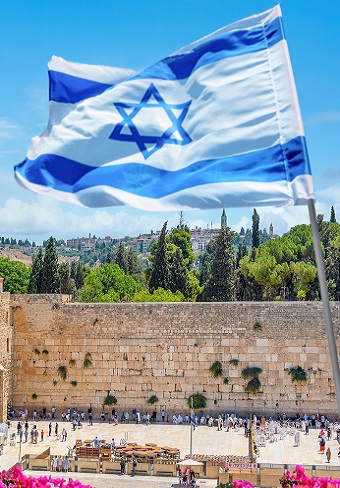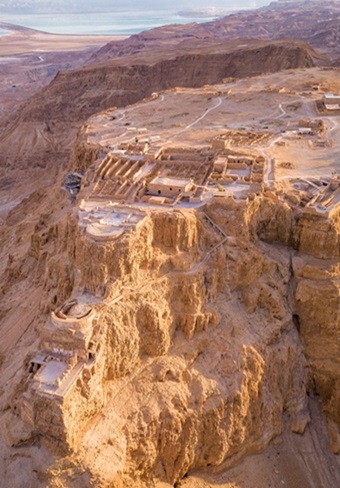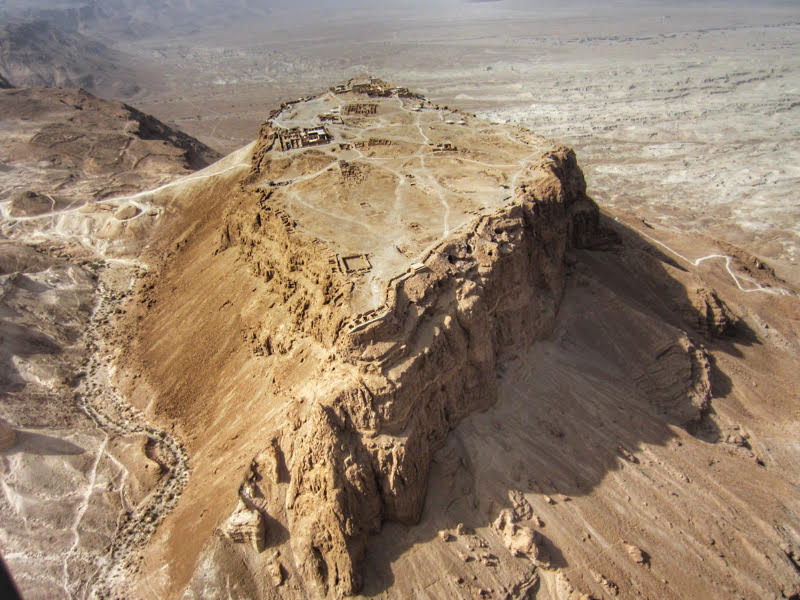Hyrcania
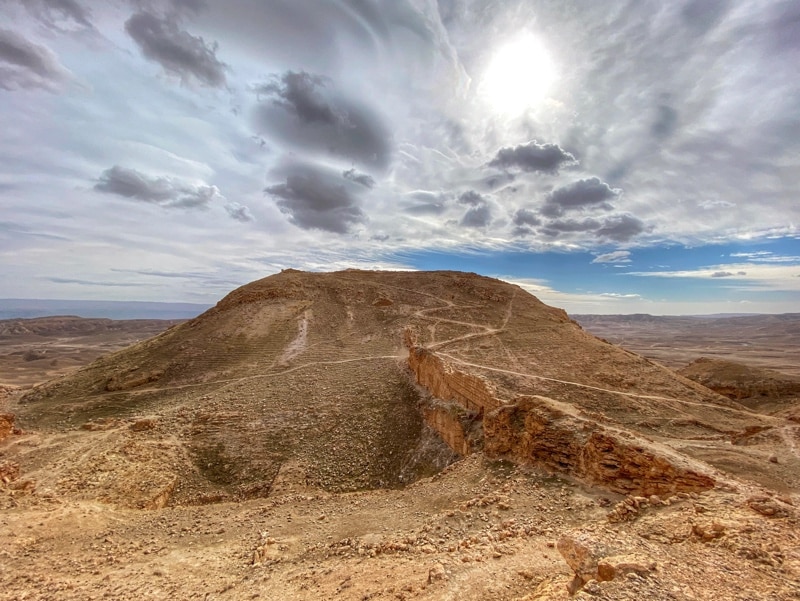
Hyrcania was once a magnificent fortified desert palace set on a cliff in the heart of the Judean Desert, about 10 miles east of Jerusalem. The Hasmoneans first built it, which was later used by King Herod. Centuries later, it became a Christian monastery before its final abandonment. The site is complex to reach Today within an Israeli military zone, but it is worth the effort!
History and Archaeology of Hyrcania
Hyrcania is the first fortified desert palace built by the Hasmonean Kings. Its name implies that it was created by John Hyrcanus, the first Hasmonean king to reign for a long time (30 years) and also the first of the Hasmonean kings to mint coins, a clear symbol of sovereignty and political independence. Unlike Herodium or Masada, the first century Historian Josephus does not describe Hyrcania in detail. Still, he does mention it being used by several Hasmonean kings and as one of their treasuries (along with Alexandrion and Machaerus).
When Judea came under Roman control, these Hasmoneans fortified the Romans and demolished desert fortresses, but their destruction was far from complete. When the Romans appointed Herod to rule Judea, he had to lay siege, for several years, on Hyrcania, as it was held by a Hasmonean princess named Alexandra. Later, Herod developed Hyrcania to impress Marcus Agrippa, Augustus’ lieutenant, who was also hosted in Hyrcania when visiting Judea in 15 BCE. Hyrcania in those days was probably an eye-popping splendor, similar to Masada and Herodium, where lavishly decorated Herodian palaces were uncovered. But Herod didn’t just use Hyrcania for royal entertainment. We know that Hyrcania was also used to imprison Herod’s political opponents. He also ordered the burial of his eldest son, Antipater, after he executed him in a fit of rage while he was on his deathbed in Jericho.
Hyrcania Becomes a Monastery
We have no information on whether the Jews used Hyrcania during their revolts against Rome, but centuries later, Byzantine monks settled on the site and its surroundings. On Hyrcania’s summit, they established a monastery called “Castellion”. It is not clear how long the monastery existed, but in the Middle Ages, it was abandoned. In 1923, monks from the neighboring Mar Saba Monastery tried to resettle the site, but in 1939, they left it.
The Archaeology of Hyrcania
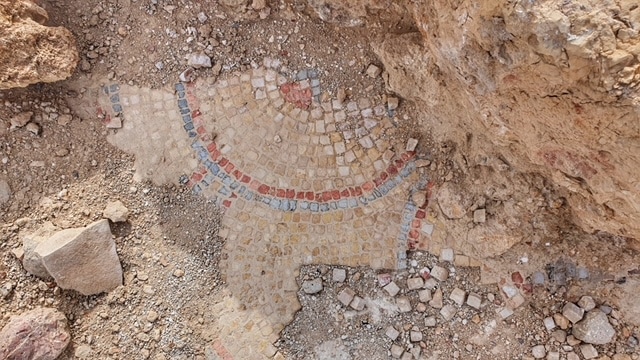 Hyrcania was identified as early as 1880 but has yet to be excavated to this day, which is a pity. Its ruins probably bear remains of magnificent palaces from Roman times. In the 1950s, Bedouins were found in Hyrcania papyri from the Byzantine period at the site, and to this day, the remains of the Byzantine-era monastery are pretty visible.
Hyrcania was identified as early as 1880 but has yet to be excavated to this day, which is a pity. Its ruins probably bear remains of magnificent palaces from Roman times. In the 1950s, Bedouins were found in Hyrcania papyri from the Byzantine period at the site, and to this day, the remains of the Byzantine-era monastery are pretty visible.
See Danny “the Digger” Herman Presentation of Hyrcania –
Touring Hyrcania
The site can only be reached by an off-road vehicle and still requires a 500 m hike to reach its top. Aside from the remains of its Roman and Byzantine period ruins, the site provides some breathtaking views of Hyrcania Valley and the Judean Desert. At the northern foot of Hyrcania are two mysterious tunnels. Assumed to be related to the treasures mentioned in the Copper Scroll, they were excavated in 2007 but found empty.






